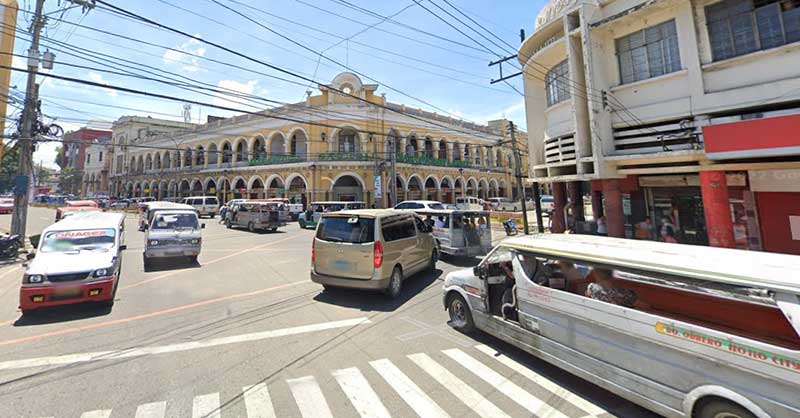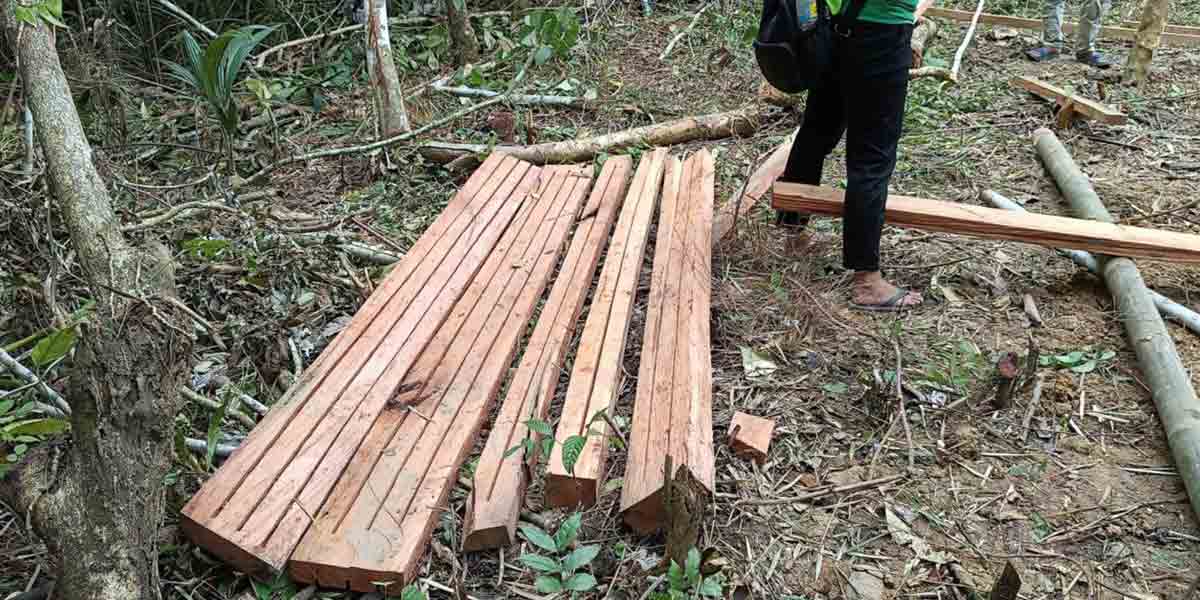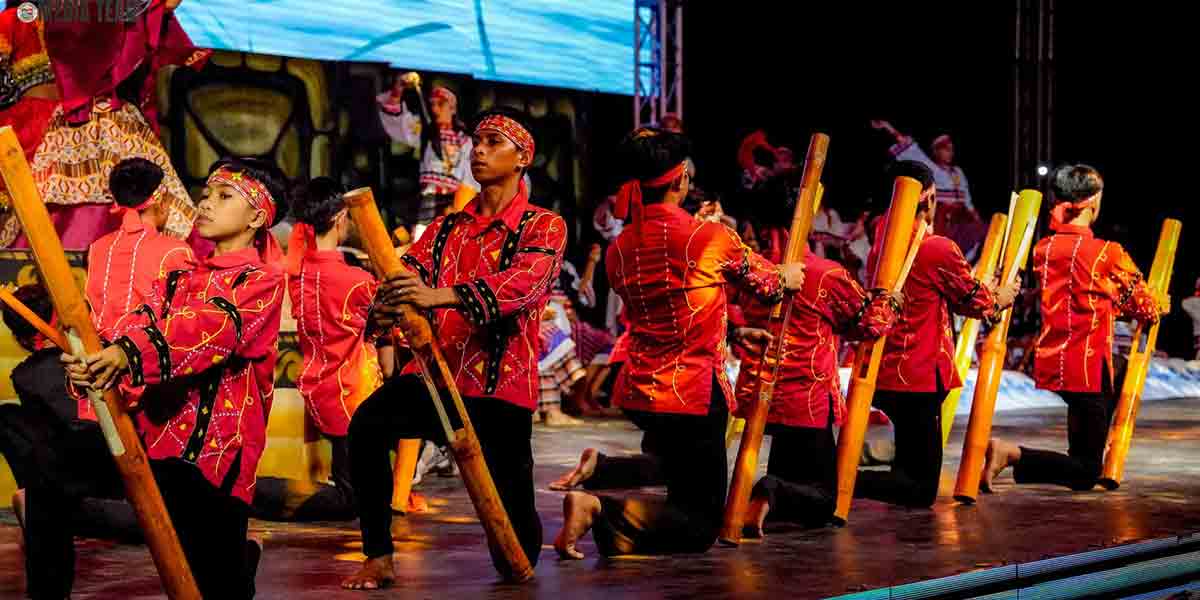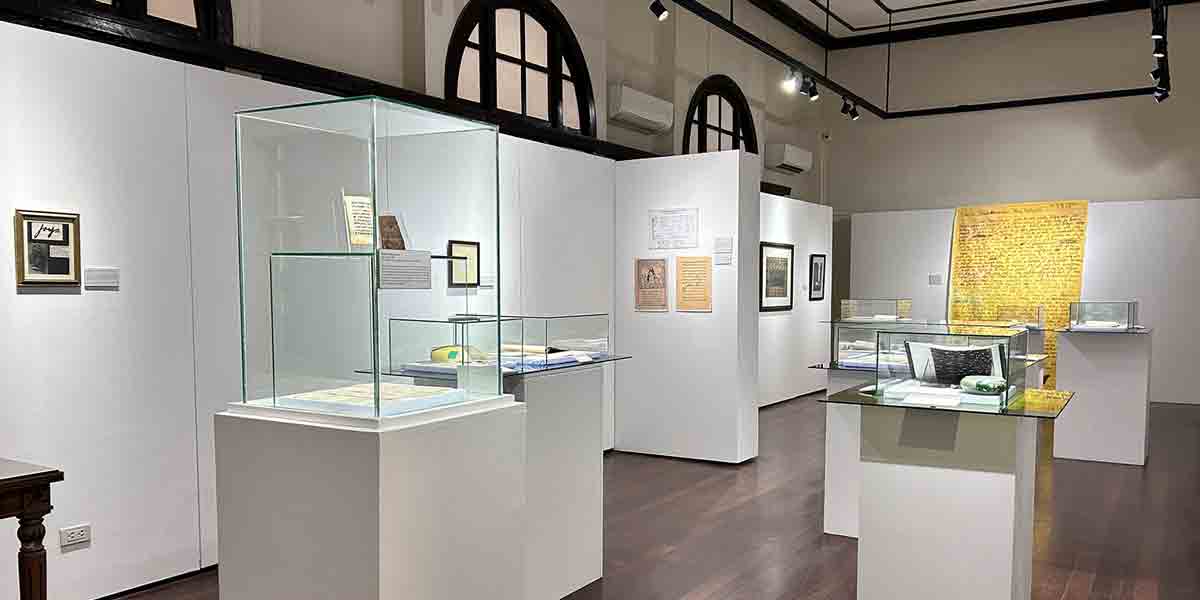
By Mariela Angella Oladive
Iloilo City’s historic district, Calle Real, is on the cusp of becoming the ‘first of its kind’ to enter the UNESCO World Heritage List, as announced by the United Nations Educational, Scientific and Cultural Organization (UNESCO) Philippines.
“I am very happy. We might be the first city with a Calle Real identified in the UNESCO World Heritage List,” Mayor Jerry P. Treñas said upon the announcement.
Calle Real, Spanish for “royal street,” showcases the city’s erstwhile prosperity through its array of historic and opulent structures.
The street was renamed “J.M. Basa” in tribute to the distinguished Jose Maria Basa, an entrepreneur and compatriot of the Philippine national hero Jose Rizal.
Declared a district and heritage zone by the National Historical Commission in 2014, Calle Real is part of a larger cultural tapestry titled “The Sugar Cultural Landscape of Negros and Panay Islands.”
The proposal, encompassing seven key locations, captures the historical essence of the sugar industry, dating back to the 18th century.
This legacy is evidenced by mills, factories, plantations, and mansions, narrating the socio-economic evolution during the Spanish-colonial and American-colonial periods, as detailed on the UNESCO World Heritage Convention website.
This significant step toward global recognition was initiated by the Department of Tourism’s proposal for the Western Visayas Sugar Heritage Trail, aiming to acknowledge the region’s pivotal influence in the sugar trade, preserve its industrial legacy, and promote heritage tourism.
The trail comprises 127 identified sites, spanning across Negros Occidental, Iloilo, Guimaras, Capiz, and Antique.
Mayor Treñas underscored the profound history of the sugar industry, first flourishing in Iloilo and then migrating to Negros, due to the availability of extensive agricultural land.
Treñas emphasized the importance of acknowledging the city’s storied past.
“This is very significant because we have to look back at the past before we can move forward. This means we have a very great history that we should be proud of.”
With the trail now on UNESCO’s tentative list, the forthcoming challenge is to provide comprehensive documentation that articulates the trail’s “outstanding universal value.” The documentation is a precursor to the critical deliberations set for September 14 of this year.
Should the Sugar Heritage Trail secure a place on the UNESCO World Heritage List, it will not only enhance the region’s cultural stature on the world stage but also foster sustainable tourism and preservation, ensuring that this rich heritage endures for the enlightenment and enjoyment of future generations.






















